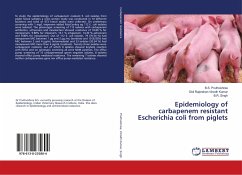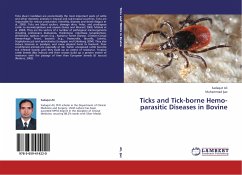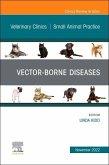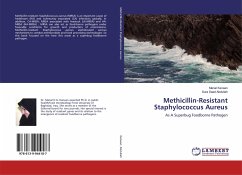Twenty five numbers of crabs (P. sanguinolentus) were collected from Parangipettai fish market. Paenibacillus sp were isolated from the gut of crabs. Then the isolated colonies were characterized for phenotypic and biochemical properties for identification. Out of twenty five crabs, twenty one showed the presence of E.coli while only four crabs showed the presence of Paenibacillus sp. Among these isolates Paenibacillus sp. showed drug resistance to 11 antibiotics and sensitiveness to 2 antibiotics, whereas E.coli was found to be the sensitive to all the 13 antibiotics which were provided in the 2 different antibiotic discs. The drug resistant plasmid present in Paenibacillus sp. was transformed into drug sensitive E.coli. The E.coli transformants shows resistant to all the three drugs employed (Tetracycline, Penicillin and Chloramphenicol). Transformation efficiency between the Paenibacillus sp. and E.coli were not calculated because of the formation of mat instead of individual colony in all the agar plates of Eosin Methylene Blue, Muller Hinton Agar and Luria Bertane agar. The contamination of sea foods caused by resistant Paenibacillus sp. will be very difficult to treat.
Bitte wählen Sie Ihr Anliegen aus.
Rechnungen
Retourenschein anfordern
Bestellstatus
Storno








